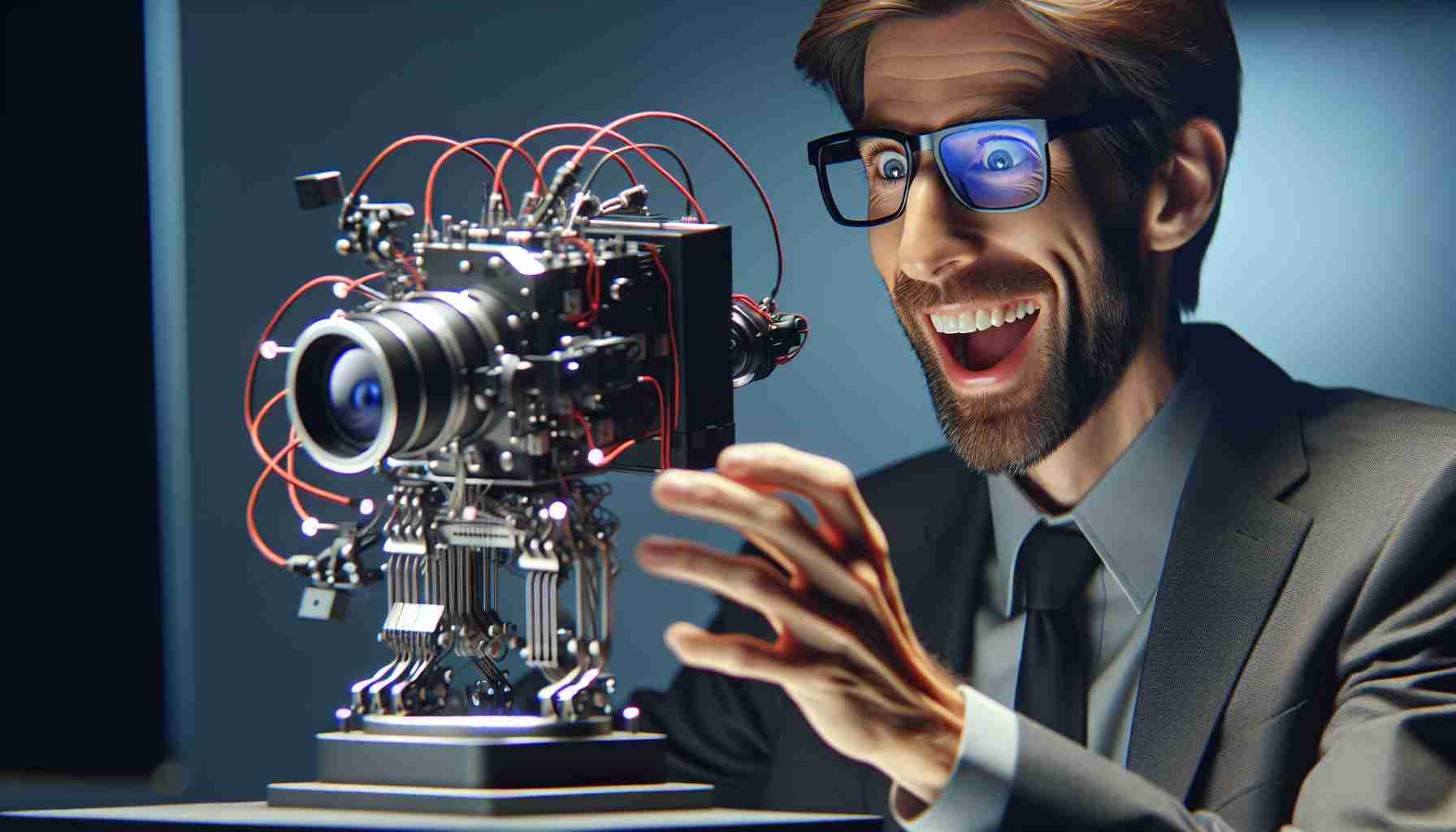Sam Altman, the CEO of OpenAI, has expressed his excitement about the release of their advanced AI model, GPT-4o. In a recent statement, Altman conveyed amazement at the chatbot’s upgrades which brought it closer to the realm of science fiction.
Upgrades Elevating User Experience
The improvements in GPT-4o have infused the chatbot with voice and video capabilities, intriguing Altman to the point of comparing its sophistication to “AI from the movies.” He is particularly impressed by the responsive voice and video modes, asserting that these features have transformed computer interaction to an unprecedented level of naturalness.
OpenAI’s Vision and Business Strategy
Altman reflected on OpenAI’s journey and its evolution from a visionary concept to a reality serving millions. The CEO highlighted how the company’s business aspect is instrumental in funding their ambition to provide free AI services to a vast user base.
Intuitive Interactions with GPT-4o
The GPT-4o model introduces a seamless blend of text, audio, and visual interactions, aiming to mirror human-like communication with AI. Notably, its accelerated response times are on par with human conversational speed, offering a more intuitive user experience. Available to both premium and basic users, GPT-4o stands as a milestone in AI development, moving towards a future where AI interactions are indistinguishable from those with humans.
Important Questions and Answers
What is GPT-4o?
GPT-4o is an advanced version of OpenAI’s language models (evolved from predecessors like GPT-3.5), with added voice and video capabilities. This iteration of the Generative Pretrained Transformer (GPT) model aims to offer a more immersive user experience that simulates human-like interactions through multiple communication modes.
How does GPT-4o differ from previous models?
GPT-4o differs from earlier versions by incorporating multimodal capabilities, including responsive voice and video interaction. These features allow for AI to be used in new, more dynamic ways and significantly enhance user engagement with the chatbot.
What are some key challenges associated with GPT-4o and similar AI advancements?
One of the primary challenges is ensuring ethical use and preventing misuse of the technology. As AI becomes more sophisticated, concerns about deepfakes, misinformation, and privacy escalate. Ensuring its alignment with human values and preventing biases within AI algorithms are also significant issues faced by developers. Additionally, the computational costs and environmental impacts of training and running such advanced models are concerns for sustainable AI development.
Controversies:
Controversial aspects of AI advancements like GPT-4o include fears of job displacement due to automation and concerns over the development of autonomous weapons systems. The potential for AI to exacerbate inequalities if access to cutting-edge tools is limited to wealthy individuals or organizations is also a subject of debate.
Advantages:
Advancements such as those found in GPT-4o could revolutionize various industries, enhance creative processes, improve accessibility for users with disabilities, and provide new educational tools. Multimodal communication can bridge the gap between humans and machines, making technology more intuitive and accessible for everyone.
Disadvantages:
Potential drawbacks include the reliance on large data sets, which might infringe on privacy. Misinformation and manipulation are risks with realistic chatbots. Also, there’s the digital divide, as access to such advanced technologies may not be equitable. The increased sophistication may also lead to more subtle and sophisticated cyber threats.
For more information on AI and related advancements, you can visit:
– OpenAI – Research and advancements in AI, including GPT models.
– AI Global – Ethical frameworks and governance in AI.
– Partnership on AI – A coalition focused on safe AI practices and policies.
